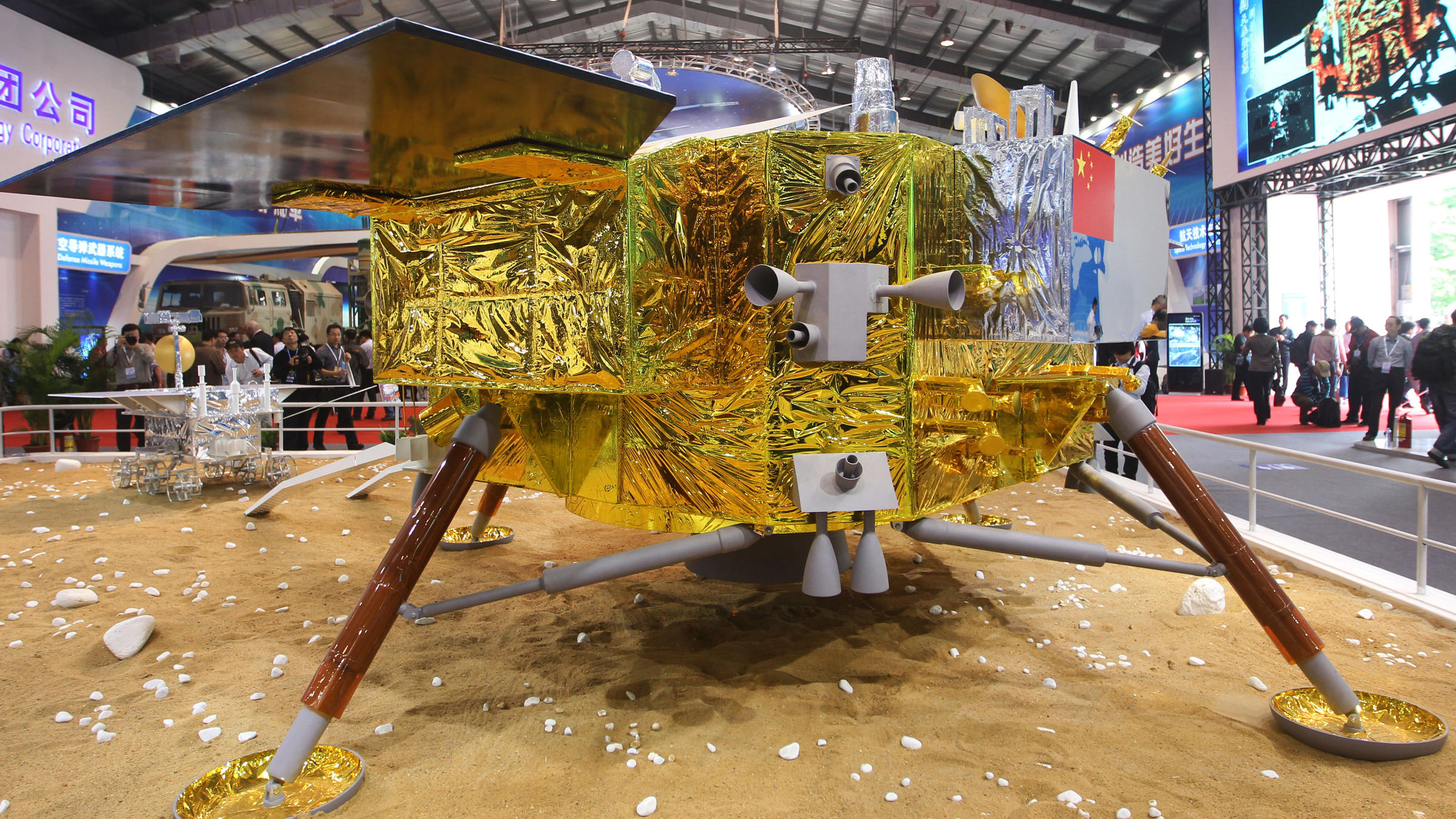China will send a spacecraft later this month to the Moon to bring lunar rocks back to earth. The mission to scoop up rocks on the moon will happen for the first time in the last 40 years. Mission named Chang’e-5 is the latest Chinese spacecraft to travel the lunar surface of the Moon by the China National Space Administration (CNSA).
China’s attempt to send a spacecraft and bring it back with samples from the Moon is a big achievement. Originally the craft was planned to launch way back in 2017 but delayed due to an engine failure in the Long March 5 launch rocket.
At present, the launch is expected on November 24 from the Wechang Satellite Launch center on Hainan Island. The global coronavirus pandemic didn’t stop China from delaying the launch further as the country reopened swiftly.
Chang’e-5 Mission
The spacecraft’s mission is to collect dust and debris from the Moon’s unexplored region and return back to Earth. Back in the 1960s and 70s US and Soviet space crafts brought lunar material to earth. Now after 40 years, China is attempting to do the same. The material could be helpful for researchers to date planets such as mars accurately.
Chang’e-5 consists of an ascender, lander, returner, orbiter. Once the craft enters Moon’s orbit both the lander and ascender will split off and go down towards Mons Rümker, an isolated volcanic formation located in the northwest part of the Moon.
Once the spacecraft touches the moon surface, it will drill up to two meters and the robotic arm will scoop up about 2 kilograms of surface material. The whole activity will take place over one lunar day which is around 14 Earth days.
The mission is challenging and considering the fact that anything could go wrong such as cool temperature damaging electronics the mission is confined to just one lunar day. The other challenge is the lander could crash-land or topple over.
Journey back to Earth
After the collection of sample material, the ascender will be back in lunar orbit. Later the samples will be transferred to the returner. This activity in the orbit will be a complex one. But a successful one will be good practice for humans in future explorations.
The craft will then head back to the Earth. The lander parachute will head towards Siziwang Banner in Inner Mongolia, northern China sometime during early December. The success of this mission will make China, the third country to do so after the USA and Russia.
Material on Earth
Li Chunlai, deputy chief designer for the Chang’e-5 mission said most of the lunar samples brought will be stored at the Chinese Academy of Sciences National Astronomical Observatory of China (NAOC) in Beijing. While the remaining material will be stored at a different site from natural hazards and some will be used for public display.
It is not clear yet if the sample will leave the country. The CNSA does support international collaborations and access to researchers outside China. Researchers use the sample for their work and can unveil many facts about the moon and the solar system.
The main problem for some researchers is that though the rock material collected by the US Apollo missions is accessible by submitting a proposal to NASA. However, Chinese scientists cannot access Apollo samples as the US government restricts. Similar actions can lead to a loss for the scientific world.
Help in scientific insights
Previously when rocks obtained by US and Soviet missions when examined by researchers they said that the rocks suggest that the volcanic activity on the Moon peaked 3.5 billion years ago. However, recent observations of the lunar surface revealed that volcanic lava formed one to two billion years ago.
Material brought by the craft can confirm if the Moon’s volcanic activity was still active. Moon material can also be an important reference to date other planets based on counting the craters method.

